In my estimation the shotgun choke is the most misunderstood and most overlooked aspect of shotgun shooting. Most hunters just grab their shotgun, point it at a critter and pull the trigger, with little regards as to how their shot pattern performs. It is a shotgun after all. Heck some of the pellets will hit him!
This was very true in the “old days” when shotguns only came with fixed chokes, and the only thing you shot through them was lead. With the advent of non-toxic shots the game has changed. Non-toxic shots are harder than lead and do not perform the same when sent airborne through a shotgun barrel. But even if you are still shooting only lead shot, matching up the proper choke with the proper critter can provide huge dividends in the field. The widespread use of screw-in chokes has made this easier than ever.
There is only one really good way to determine which choke will work best for your shooting conditions. That is to actually pattern your shotgun. Set up a large paper target with a bullseye the size of your desired critter at the distance you anticipate making your shots. Shoot the thing and see how many pellets are actually hitting your “kill zone”.
Keep in mind that the accepted effective range of any shotgun shooting pellets to have good killing power is around 50 yards or less. Shotgun pellets will penetrate paper at 100 yards, but this doesn’t mean they will kill a critter.
Patterning will also let you know whether your shotgun is actually hitting where you are aiming. Most field guns will pattern with 60% of the pellets hitting high and 40% low of the point of aim at 20 yards. Some field guns will pattern 50-50. Target shotguns will generally run from 70-30 to 80-20. Knowing where your particular shotgun hits is crucial to success in the field.
The shotgun choke is no more than a decrease in bore diameter, or constriction at the muzzle end of the barrel, usually located within the last inch or so. As soon as pellets leave the muzzle they start to scatter out. This constriction is designed to squeeze in on a shot column as it exits the barrel to hold the pellets closer together for a longer distance.
The industry standard terms, i.e. full, mod, etc., used to designate chokes really don’t have much to do with the actual science of shotgun chokes. To be brief, chokes are measured in thousands of an inch of constriction. This is the difference between the bore diameter and the choke diameter. But variations within standards for both shotgun and choke manufacturing can easily see one particular shotgun with a “full” choke shoot the same as one with a “modified”.
But the terms do give the shooter a good guideline as to how tight of a pattern to expect. Again, pattern your shotgun and make changes according to what your particular needs are. The ranges of chokes available from the tightest to the most open are:
- Extra Full, Super Full or Turkey
- Full
- Light Full
- Improved Modified
- Modified
- Light Modified
- Improved Cylinder
- Skeet
- Cylinder (no choke)
So then in theory, the farther the shot taken, the tighter the choke needed. This was true in the past, but like I said before non-toxic shot reacts differently than traditional lead.
For instance steel shot is extremely hard, and sometimes harder than the barrel it is being fired from. Steel shot will not compress like lead, and when you try to fire it through any choke tighter than a modified you have a high likelihood of swelling the end of your barrel, or splitting it open. In a lot of cases I have seen both happen.
Always follow the manufacturer’s suggestions when firing any non-toxic shot.
Also changing your shot size in a particular gun can improve your pattern. For example, your particular gun might pattern #4’s better than #5’s. What you are looking for in a pattern is uniformity of the pellet impacts. Evenly spaced impacts will show greater success in killing critters than patterns that cluster pellets and leave huge gaps where no pellets impact. A lot of times a pattern can be made more uniform by changing a choke up or down, changing shot size, or a combination of both.
The following are my recommendations for overall choke selection to meet most northwest Iowa shooting conditions.
- Doves & Quail – I like #8 or #7 ½ lead through an improved cylinder or skeet.
- Pheasants – I generally use #2 lead through an improved cylinder or modified.
- Duck – I like #2 steel and the improved cylinder over decoys, for past shooting I like the modified.
- Geese – I use the same chokes as for ducks but like shooting BB’s.
- Turkeys – I use #6 copper plated lead through an extra full choke.
- Coyotes – I generally don’t shoot coyotes with a shotgun, but those I know who do have excellent results using #4 buckshot through either a modified or full choke.
- Deer – For the best results never shoot deer slugs though any choke. Use a cylinder.

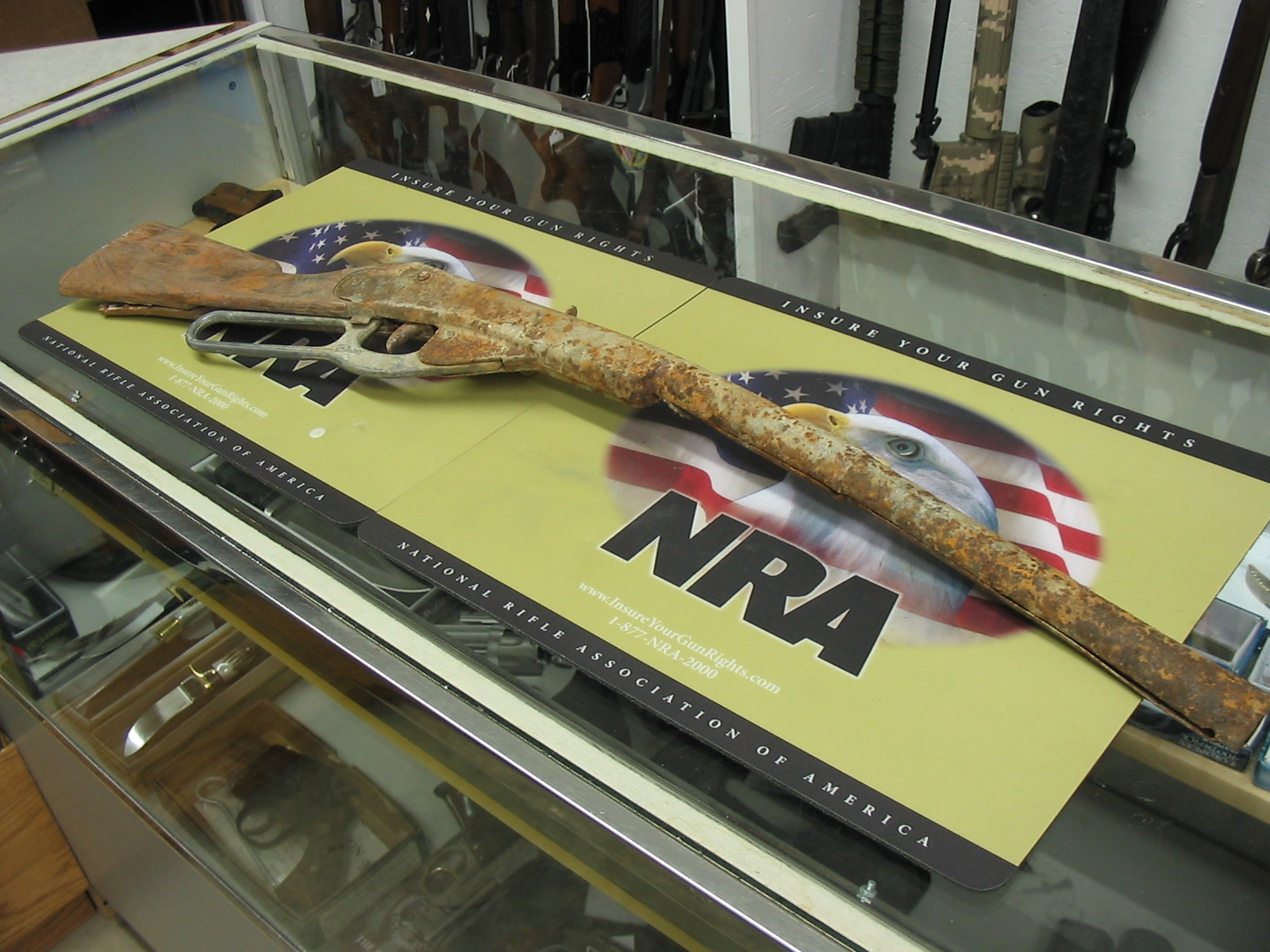
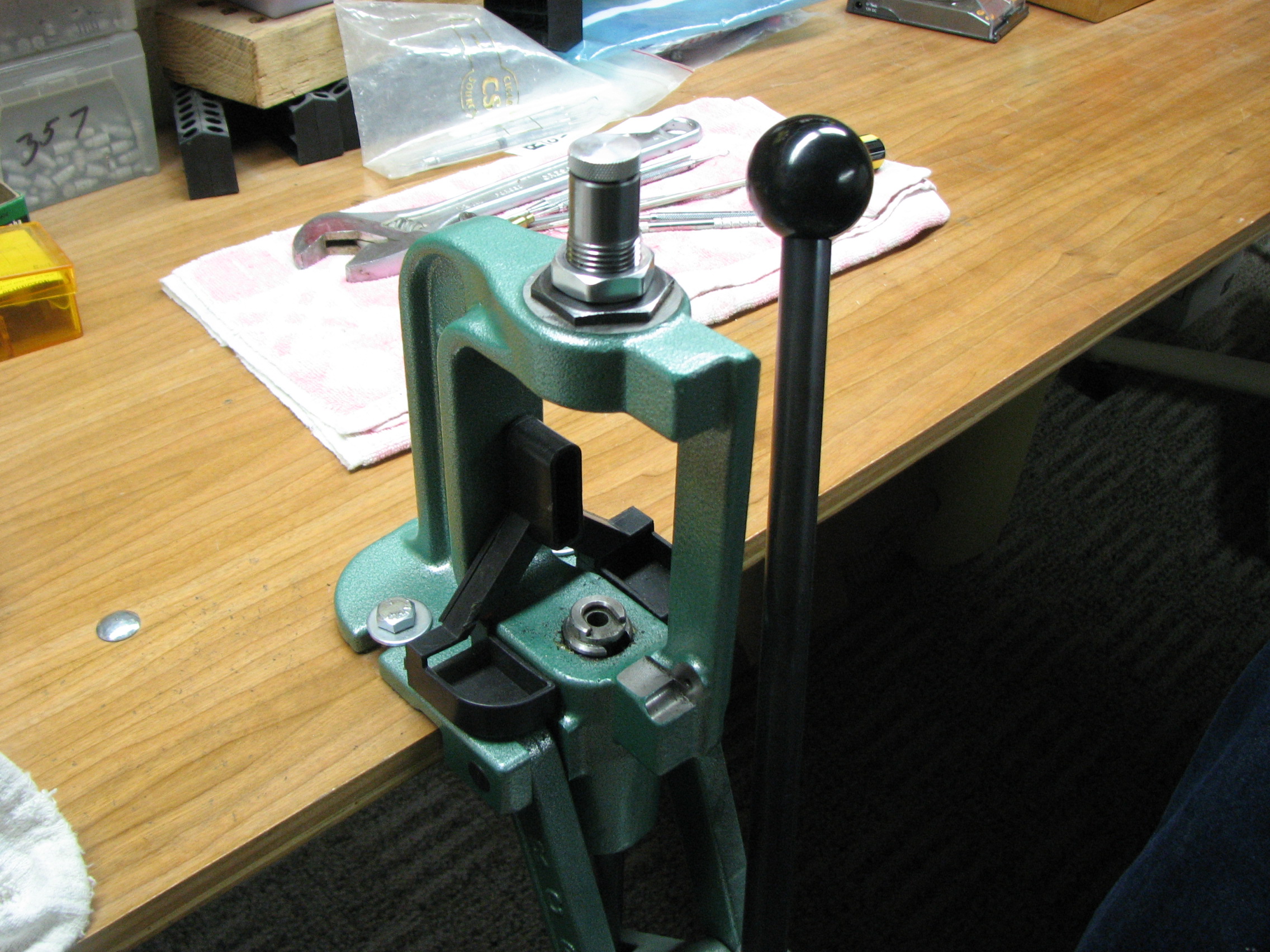
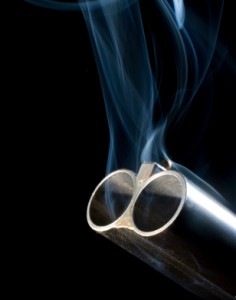















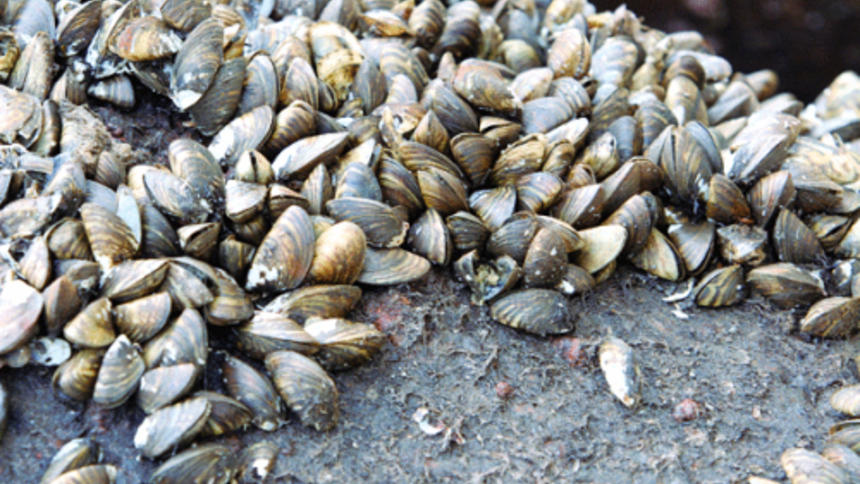
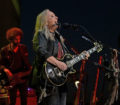
Everything you said is true. Especially when you said “In my estimation the shotgun choke is the most misunderstood and most overlooked aspect of shotgun shooting.”
I spend all summer shooting sporting clays and that is when chokes come into play, and are very important.
A picture i always like to look at is the one below. Just something to look at.
http://www.briley.com/2009/sportingclays.html
Am I reading that right? Do you really use #2 lead for pheasant? I’m relatively new to the pheasant game, but everybody I know uses 5 or 6.
Thanks to Dane for the sportingclay chart. Interesting info.
I do use #2’s for pheasants. I shoot it through a more open choke, Mod. or I.C. I get a more uniform pattern than with the more traditional #5’s through a full choke. The #2’s give me more “knock down power” on longwer shots.